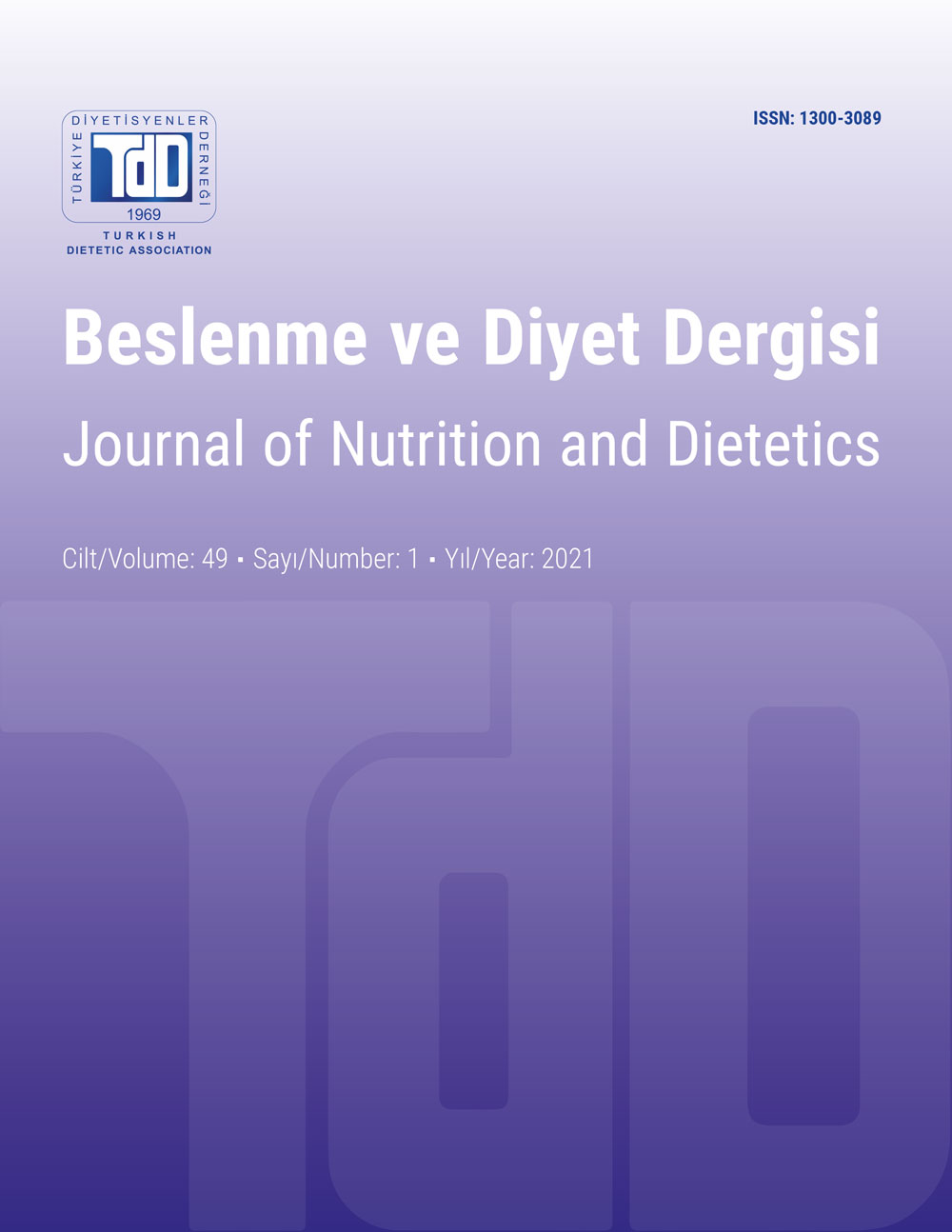Determination of the Cytotoxic and Genotoxic Properties of Moldy (Blue Cheese) Civil Cheese Produced in Different Dairy Farms
DOI:
https://doi.org/10.33076/2020.BDD.1396Keywords:
Moldy cheese, toxicity, in vitro, flow cytometry, biosafetyAbstract
Aim: Moldy (blue cheese) cheese is generally produced in eastern region of our country as daily food sources consumed by many people. The previous studies were designed to identify microorganism varieties growing on the cheese and to investigate their toxic substances. Seconder metabolites produced by microorganisms grown on moldy cheeses and the toxic mechanism by interacting with water and alcohol soluble materials like proteins, fats and carbohydrates in cheese content were evaluated.
Material and Methods: Three different moldy cheese isolates from different dairy farms in Erzurum region were prepared together with organisms and in vitro cytotoxic and genotoxic evaluations were performed on fibroblast cells (HDFa). Toxicological evaluations were performed by 3- (4,5-Dimethylthiazol-2-yl)-2,5-Diphenyltetrazolium Bromide (MTT) cell viability test. Genotoxic properties of isolates were examined using Hoechst 33258 fluorescent staining technique, nuclei structures were examined under fluorescence microscope and different nucleus mutations were determined. In addition, cell death mechanisms resulted from isolate applications have been investigated by flow cytometry technique.
Results: It was determined that water and alcohol isolates obtained from moldy cheeses caused a minimum of 10% and a maximum of 40% cytotoxicity on cell cultures, and these results reached a significant level compared to controls. In addition, when nuclear mutations were examined, it was seen that applied isolates did not cause a significant mutation on cell cultures. Finally, according to flow cytometry results, cell death mechanisms occur through apoptotic death pathways as a result of moldy cheese applications.
Conclusion: It was analyzed that moldy cheese isolates may show different levels of cytotoxic properties and they did not show a significant level of genotoxicity compared to the negative control. Also, it was understood that the application of moldy cheese did not have mutagenic effects but, the apoptotic cell death mechanism was enhanced when the high concentrations of isolates were applied.

